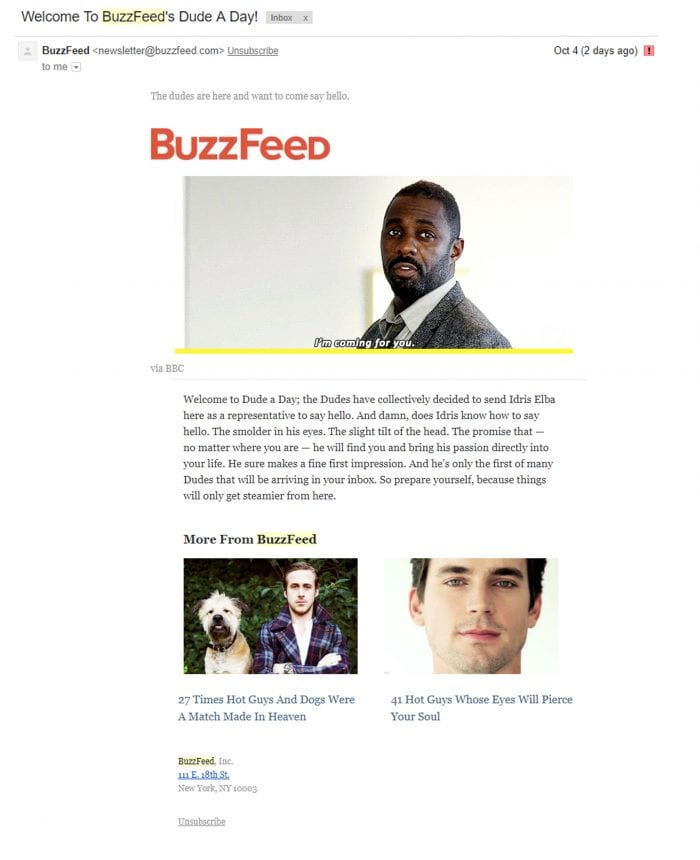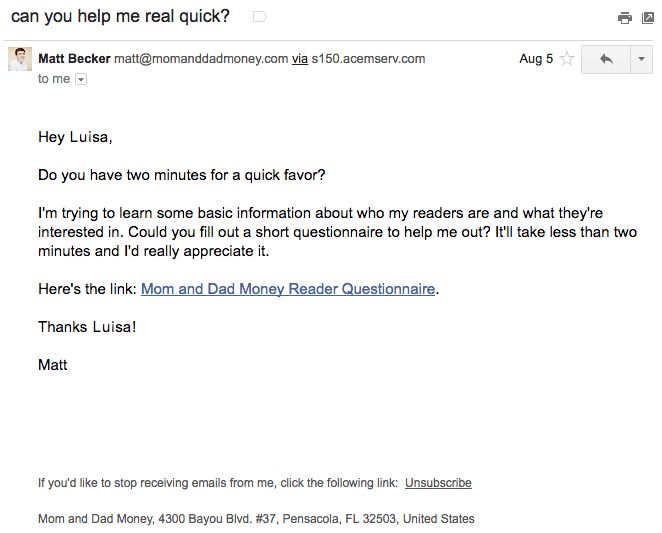A well-planned newsletter makes sure your customers always remember you
Enewsletter writing is hard – particularly as you don’t really get a great deal of feedback as to what works and what doesn't. The only guidelines email marketers can work off are engagements and clicks - but this metric varies depending on what vendor you use and how they measure engagement. So how do you know you're writing engaging copy?
Download our FREE Resource – The State of Email Marketing 2017
Global benchmarking research report to support Email Marketing Excellence.
Access the
Go out there and subscribe to some of your competitor's newsletters to see what works and what doesn’t. Don’t stop there. Check out newsletters in other businesses and areas. Look at some of your near-competitors (those who have products that are close to yours but not the same) and see what they do. They might have good ideas you can apply.
You can even look further afield. There are a lot of newsletters out there. Here are some of the ideas we’ve been particularly impressed with.
Charity: Water
These guys did something very clever. When you donate money to Charity: Water, instead of sending you a simple email that tells you ‘thanks for donating’ they tell you exactly where your money is and what it’s doing – time and again.

This is very clever, as it serves to make you feel that your money is actually doing useful things over time. Even better, the updates about what your money is doing serve to remind you that you gave money for making the world better in the first place. In this way, they make sure they stay on your radar. And that’s the first step to ensure you want to support the charity again.
Buzzfeed
No, Buzzfeed is not a B2B. But they're very widely read and some of those tricks will work whether you’re writing B2C or B2B.
The trick to Buzzfeed’s success is creating short and punchy emails that just scream at you to look further. In this way, they pull you in and cause you to click onwards. Of course, you want to be careful with these kinds of strategies. There is always the risk of being accused of writing clickbait. That goes double for B2B.

At the same time, there is definitely something to be said about trying to walk a mile in your audience’s shoes and finding out what appeals to them. And Buzzfeed is certainly good at that.
Grammarly
In their newsletters, Grammarly has done something very clever. They’ve embedded the testimonials of happy customers. Why praise your own product if other people are willing to do it for you? It’s is a very effective strategy.

First you give them something useful like high-quality content. Then you hit them up with the review of your product by another customer. And then you try to get them to subscribe to your service. It won’t work every time, but it will certainly work better than just relying on your own say so to get your product in their lap.
Mom and Dad Money
I’ve included Mom and dad money for one reason and one reason only – and that is that they are exceptionally good at finding out as much as they can about you. That’s something that we should all be better at as B2B marketers. After all, you might think you know your audience after creating that customer profile on them, but are you sure that’s accurate and that it stays accurate over time?
No, you’re not. For that reason, you need to do what they do – ask your recipients regular questions about what they do and don’t like.

Of course, if you do this then you have to make it worth their while. The best way to do that is to reward them with useful information that is specifically relevant to them. This isn’t too hard to do as long as you don’t ask them too many questions. For example, if you ask three questions that are true or false, then there are 8 possible answer combinations. And so, if you write an email for each of those, then you’ll be able to send out a personalized response to whatever answers your customers give.
If you do this every time you ask a few questions, people will get used to it being worth their while to answer your questions, ultimately leading to more recipients responding. In this way, you can collect even more information about your audience.
Last words
So there you have some good examples of how to write newsletters that can make your attempts far more effective. Try them out to see which work best for you and remember as you go through them to change up the way you’re writing your newsletters relatively frequently so that people are always surprised by what you’re offering. In this way, even though they might not think that the content you’ve provided recently is particularly relevant to them, they will still stay signed up just in case something in the pipeline turns out to be useful for them after all.

Thanks to Luisa for sharing their advice and opinion in this post. Luisa has been a brand developer in the past, mum, educational blogger in the present and curently a writer for
topwritersreview.com. You can follow her on
Twitter or connect on
LinkedIn.







 Thanks to Luisa for sharing their advice and opinion in this post. Luisa has been a brand developer in the past, mum, educational blogger in the present and curently a writer for
Thanks to Luisa for sharing their advice and opinion in this post. Luisa has been a brand developer in the past, mum, educational blogger in the present and curently a writer for 


